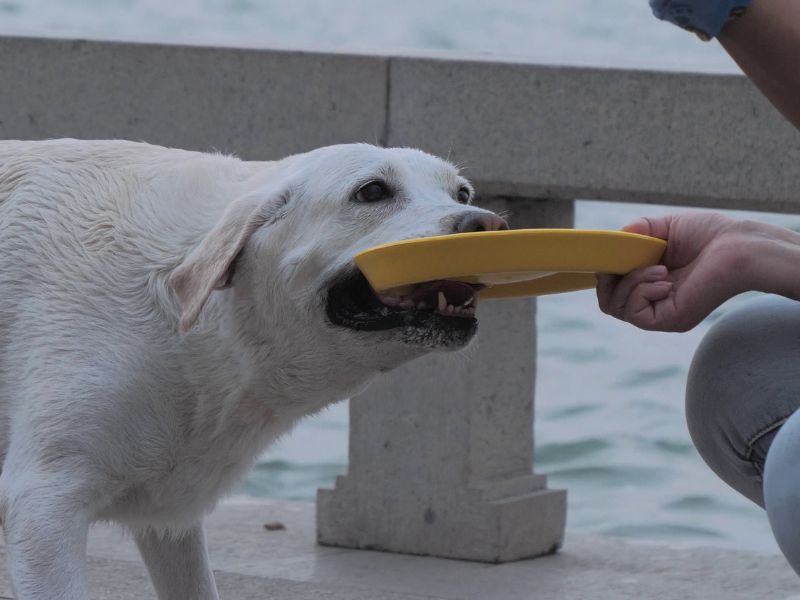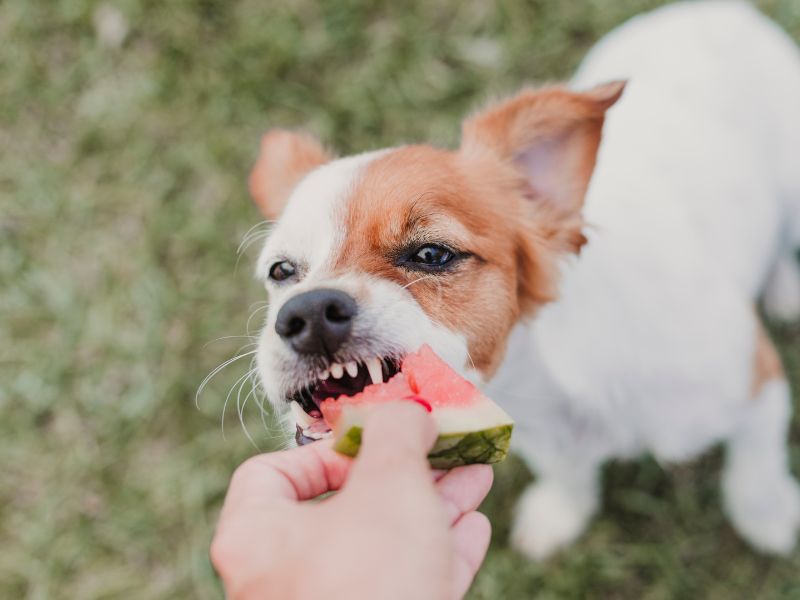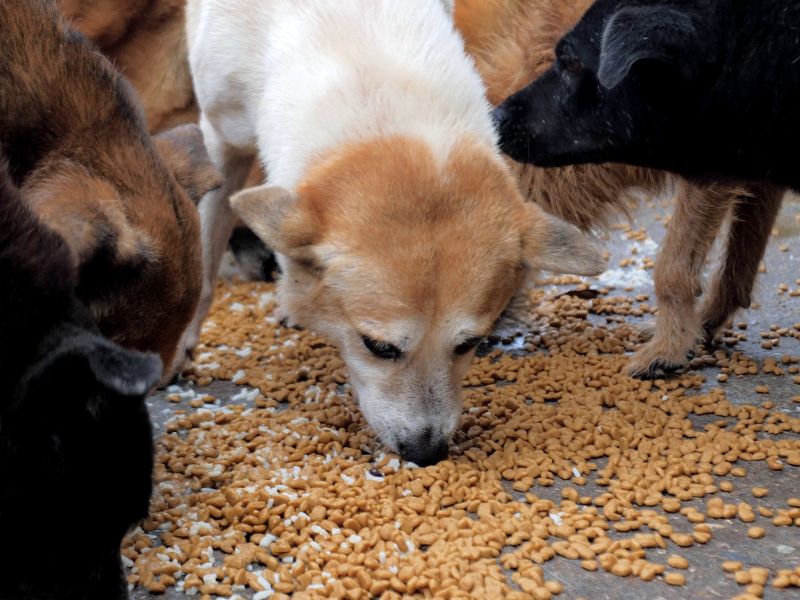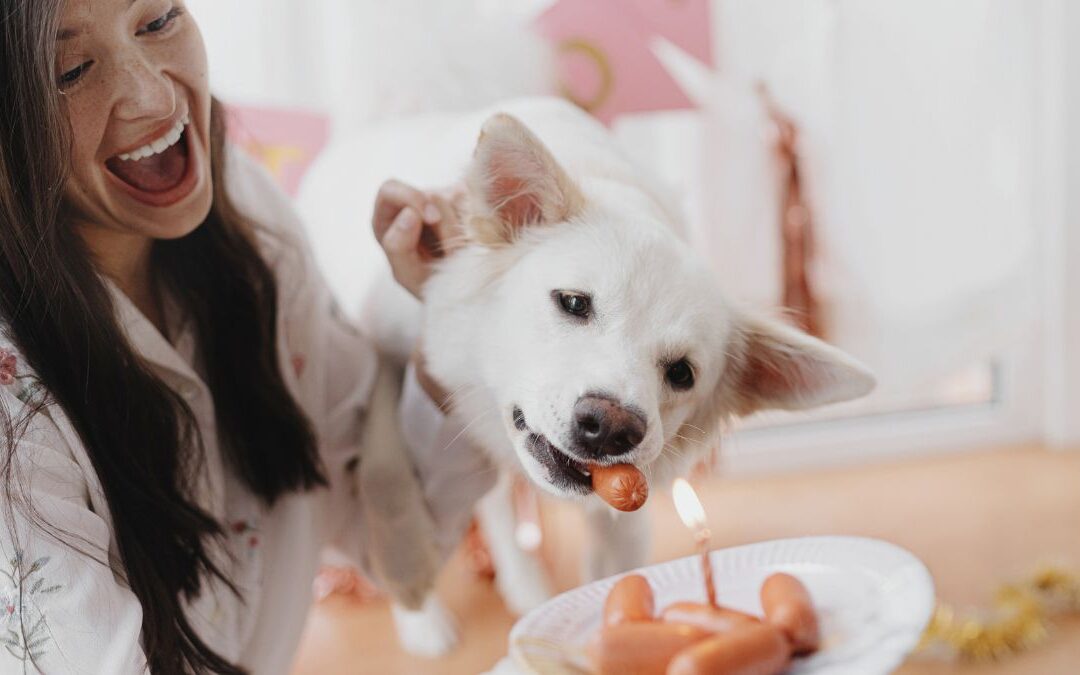Introduction
Food aggression in dogs can be a concerning behavior for pet owners. Imagine your furry friend growling or snapping when approached during meal times. This instinctual response, known as resource guarding, is rooted in their natural survival instincts but can lead to dangerous situations at home. Understanding how to stop food aggression in dogs is essential for fostering a safe and harmonious environment. With the right strategies and patience, you can help your dog feel more secure around food while building trust between you both. Let’s explore effective techniques that will create a peaceful dining experience for everyone involved.
How to Stop Food Aggression in Dogs
Stopping food aggression in dogs begins with understanding their behavior. It is crucial to recognize the triggers that lead to aggressive responses. Is your dog protective of its bowl or anxious about sharing food? Addressing these issues early can prevent escalation.
Positive reinforcement is key. Gradually introduce new experiences during meal times, such as standing nearby while they eat or talking softly to them. This helps create a sense of safety and trust around food, reducing anxiety and aggression over time.
Overview
Food aggression in dogs can be a serious issue that affects both pets and their owners. Addressing this behavior early is essential to ensuring a safe and harmonious home environment.
Many dog owners may not realize that food aggression is rooted in resource-guarding instincts. Understanding the causes behind this behavior is crucial for effective intervention. With patience and proper techniques, you can help your furry friend feel more secure during mealtime, reducing stress for everyone involved.

Why is Resource Guarding a Problem?
Resource guarding can be a serious issue in dogs, often leading to aggressive behavior. This instinctual response may stem from a dog’s survival instincts, where they feel the need to protect their food or possessions from perceived threats.
When dogs guard their resources, it creates tension in households and poses risks for interactions with people and other pets. Understanding this behavior is crucial for owners who want a harmonious relationship with their canine companions while ensuring everyone’s safety.
How can I prevent dog food aggression?
Preventing dog food aggression starts with understanding your dog’s behavior. Early socialization is crucial; expose your pup to various people and environments from a young age. This helps them feel secure and less likely to guard their food as they grow.
Feeding routines can also play a significant role. Establish a consistent feeding schedule so your dog knows when to expect meals. Avoid giving treats during mealtimes, which could reinforce guarding behavior. Focus on creating positive associations around eating time for better long-term results.
Managing Dog Food Aggression
Managing dog food aggression requires a proactive approach tailored to your dog’s needs. Start by creating a safe and calm eating environment, free from distractions. This helps reduce stress for both you and your dog.
Gradually introduce positive experiences around meal times. You can do this by providing treats or praise while your dog eats. This association will help them feel more comfortable with your presence during meals, making it easier to address their food aggression over time.
Steps to Stop Food Aggression: How to Stop Food Aggression in Dogs
Addressing food aggression requires patience and consistency. Start by creating a calm environment during mealtime. Gradually introduce changes, like standing nearby while your dog eats, to build trust.
Next, practice positive reinforcement techniques. Use treats or toys to reward your dog for relaxed behavior around their food bowl. Incorporate touch gradually; gently place your hand near the bowl without removing it. This helps them associate your presence with safety rather than competition for resources, reducing anxiety over their food.

Preventing Food Aggression in Dogs
Preventing food aggression in dogs starts with early socialization. Expose your puppy to different environments, people, and animals while eating. This helps them feel secure and less territorial over their food.
Another effective strategy is to create a positive association with mealtime. Offer treats or praise when your dog eats calmly. This reinforces good behavior and reduces anxiety around food. The goal is to foster trust between you and your pet, making them more comfortable sharing their space during meals.
Stay in the Same Room While Your Dog Eats
Staying in the same room while your dog eats can help ease food aggression. This approach allows your dog to associate you with safety and comfort during mealtime. It helps establish trust between you and your pet.
While remaining present, observe their behavior. Look for signs of relaxation instead of tension or defensiveness. Gradually, this practice can make your dog feel more secure around their food and less likely to guard it aggressively from perceived threats.
Stand Near Your Dog and Talk to Her While She’s Eating
Standing near your dog while she eats can help reduce food aggression. This presence allows her to associate you with positive experiences during mealtime. Speak softly and reassuringly, creating a calm environment.
As she becomes comfortable with your proximity, it fosters trust. Your dog will learn that having you nearby doesn’t mean her food is at risk. Over time, this simple act can significantly diminish any anxiety or defensiveness she may feel about her meal.
Try Practicing With Treats: How to Stop Food Aggression in Dogs
Treats are a great way to help your dog overcome food aggression. Start by offering high-value treats while they eat from their bowl. This positive reinforcement helps them associate your presence with something enjoyable.
Gradually increase the frequency of treat-giving as your dog becomes more comfortable around you during mealtime. Over time, this practice can reduce anxiety and build trust, making it easier for your dog to feel secure when sharing space during feeding times.
Consider Hand-Feeding for a While: How to Stop Food Aggression in Dogs
Hand-feeding can be an effective way to reduce food aggression in dogs. It allows your pet to associate you with positive experiences during mealtime. By offering food directly from your hand, you create a bond built on trust and safety.
Start by offering small amounts of kibble or treats while maintaining a calm demeanor. This practice helps your dog feel secure, knowing that they won’t have to compete for their meal. Over time, it can significantly ease anxiety around feeding times.

Touch the Dog’s Bowl Without Moving it While She Eats
Touching your dog’s bowl while she eats can help reduce food aggression. Start by gently tapping the edge of the bowl without disturbing her meal. This teaches her that your presence near her food is safe, not threatening.
Gradually increase your interaction over time. You might lightly stroke the side of the bowl or even place a hand on it briefly while she eats. The goal is to create positive associations by having you nearby during mealtime and fostering trust and comfort around her resources.
Work Up to Removing Food From the Dish
As your dog becomes more comfortable with your presence during mealtime, you can begin to work on removing food from the dish. Start by gently touching the side of the bowl while your dog eats. This helps her associate your approach with positive experiences rather than threats.
Gradually increase the level of interaction. Try picking up a small amount of food from her bowl while ensuring she remains calm. If she shows signs of aggression, take a step back and continue practicing at an earlier stage until she’s ready to progress.
The goal is for your dog to trust that you won’t take away all her food and that sharing is safe. With consistent practice and patience, you’ll help eliminate any fear or anxiety around resource guarding, fostering a healthier relationship between you both at mealtimes.

